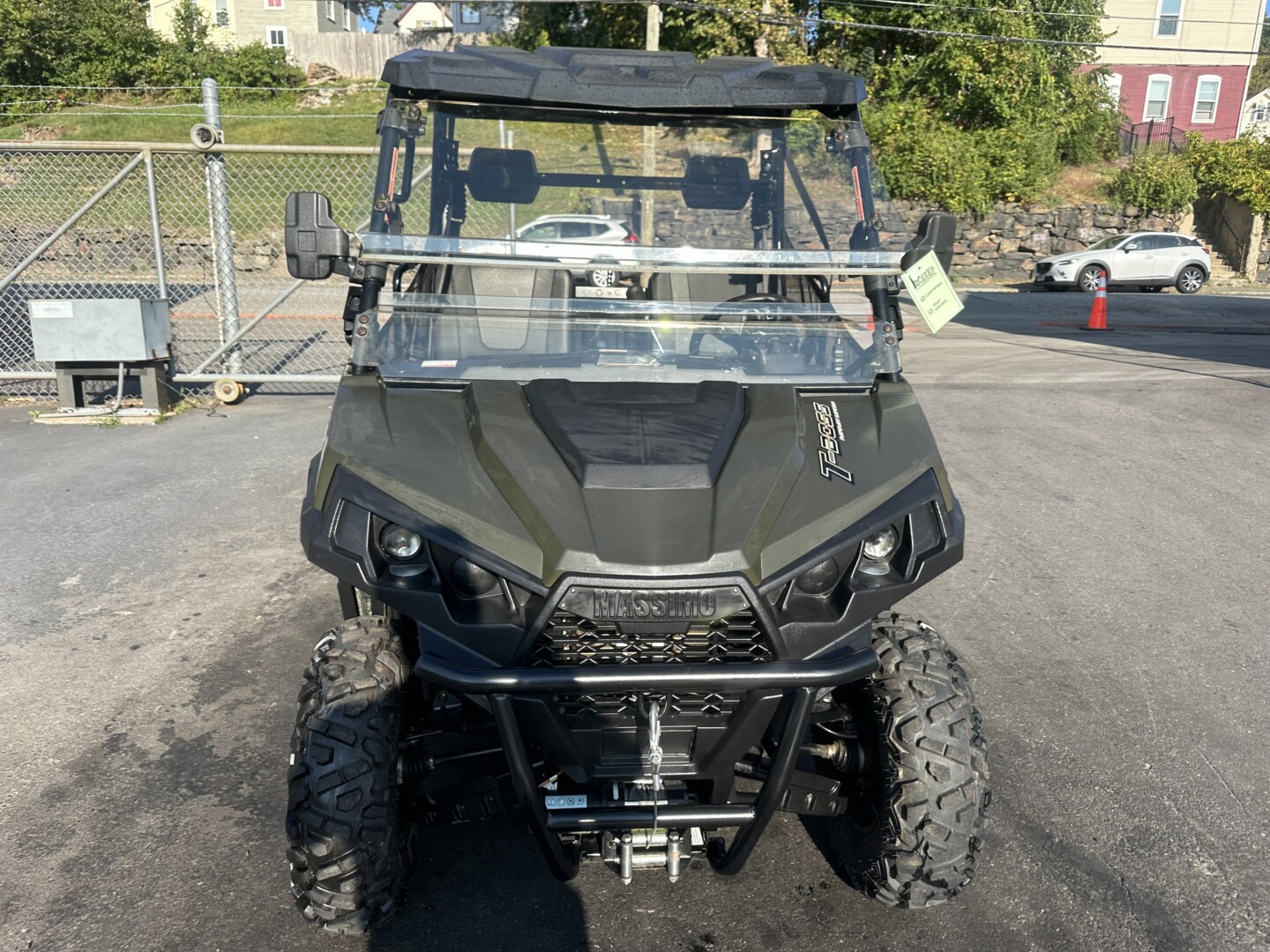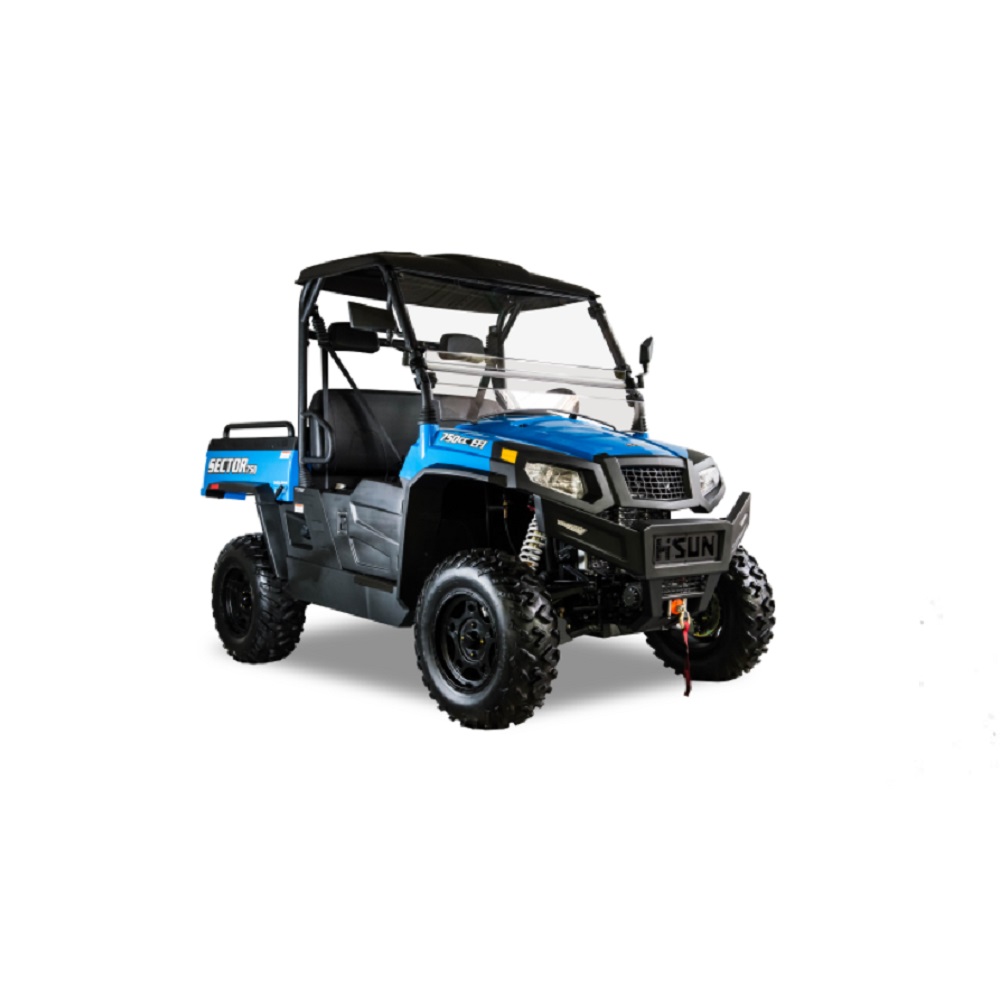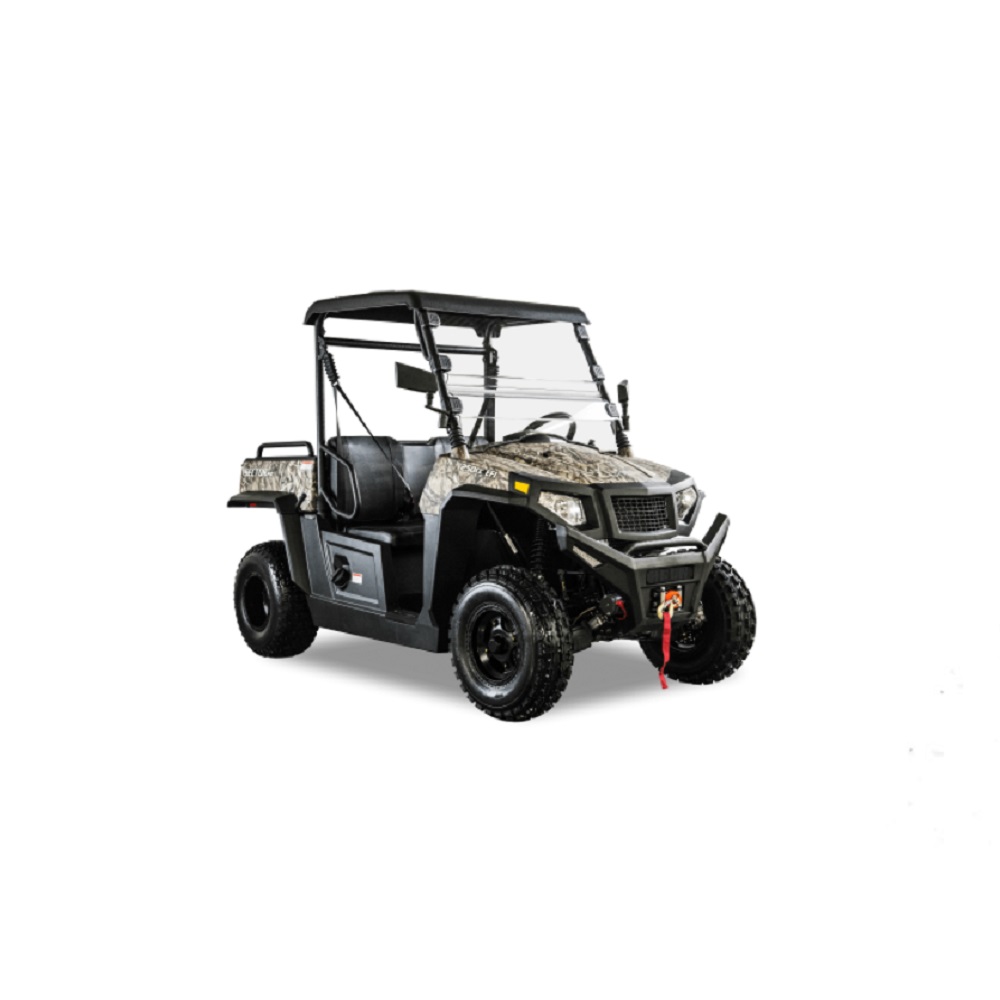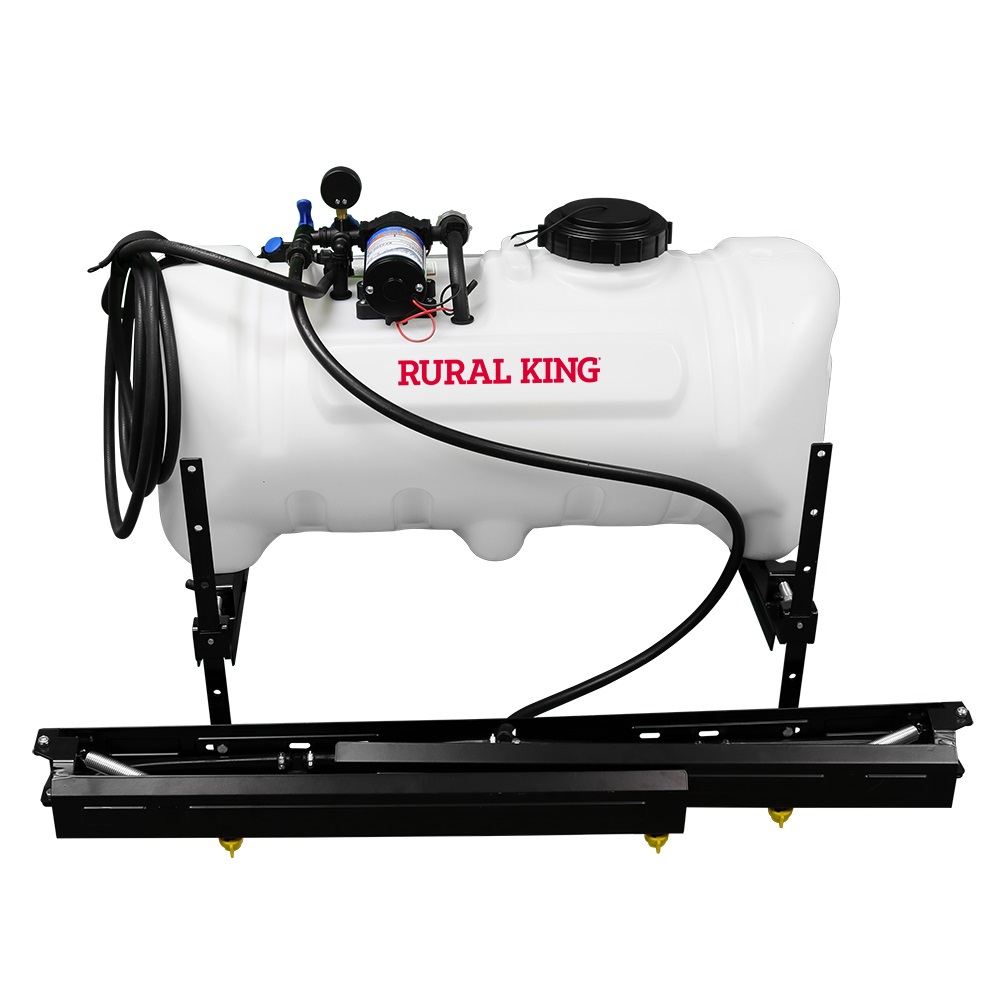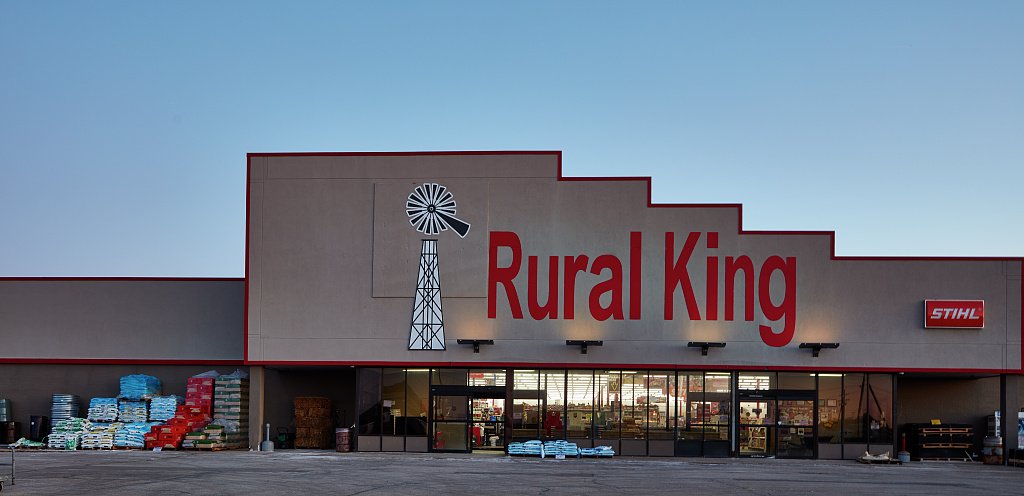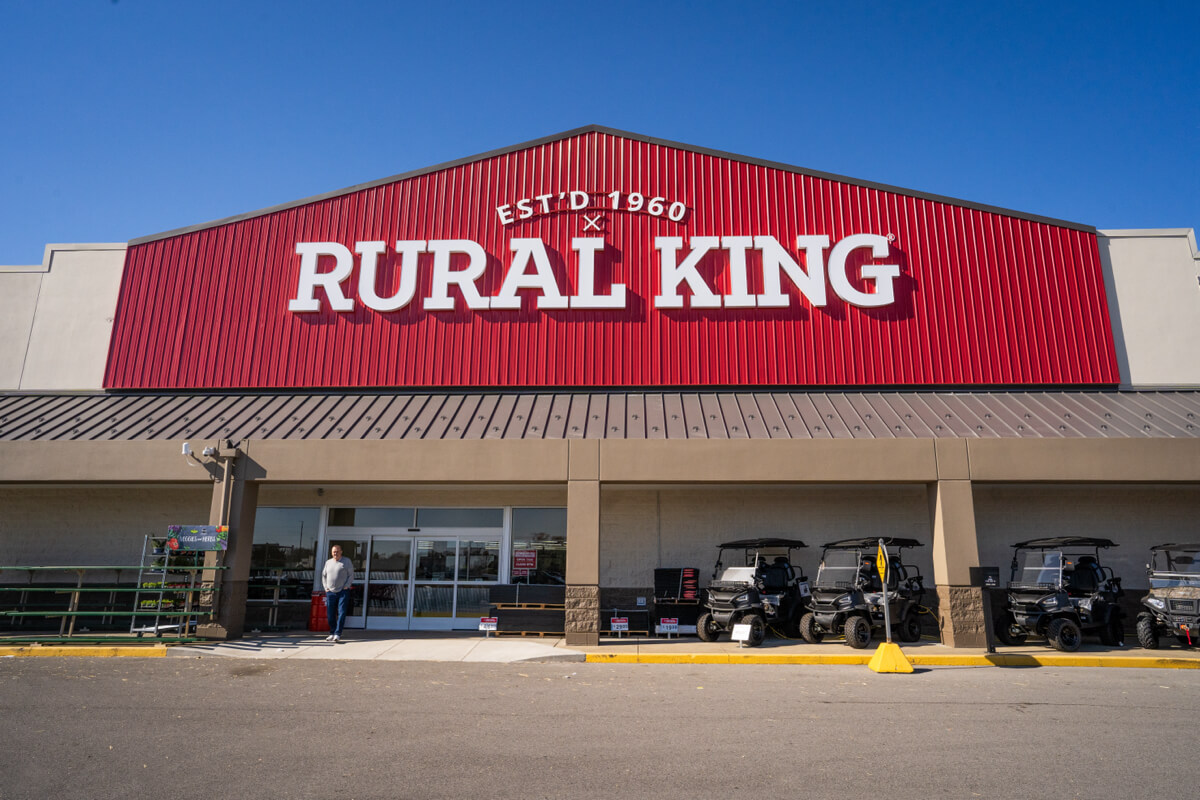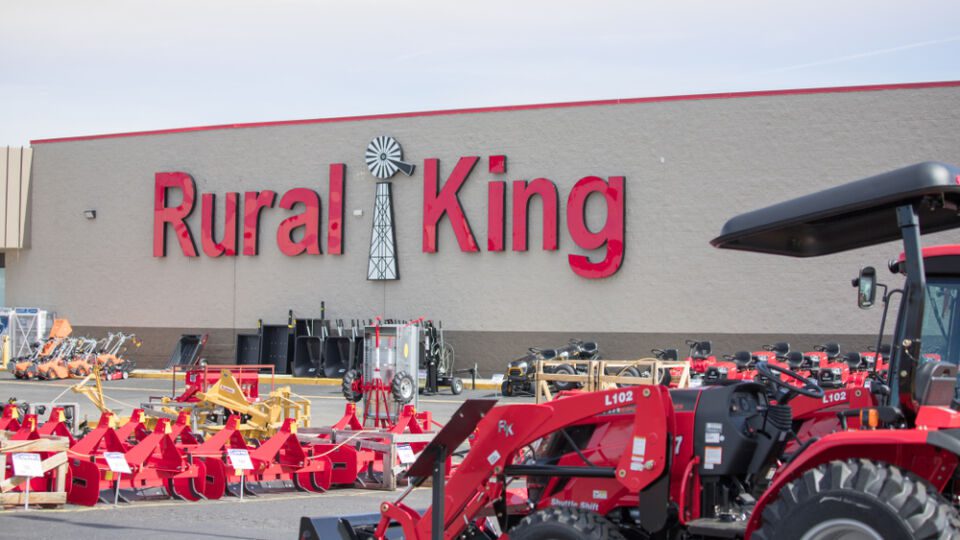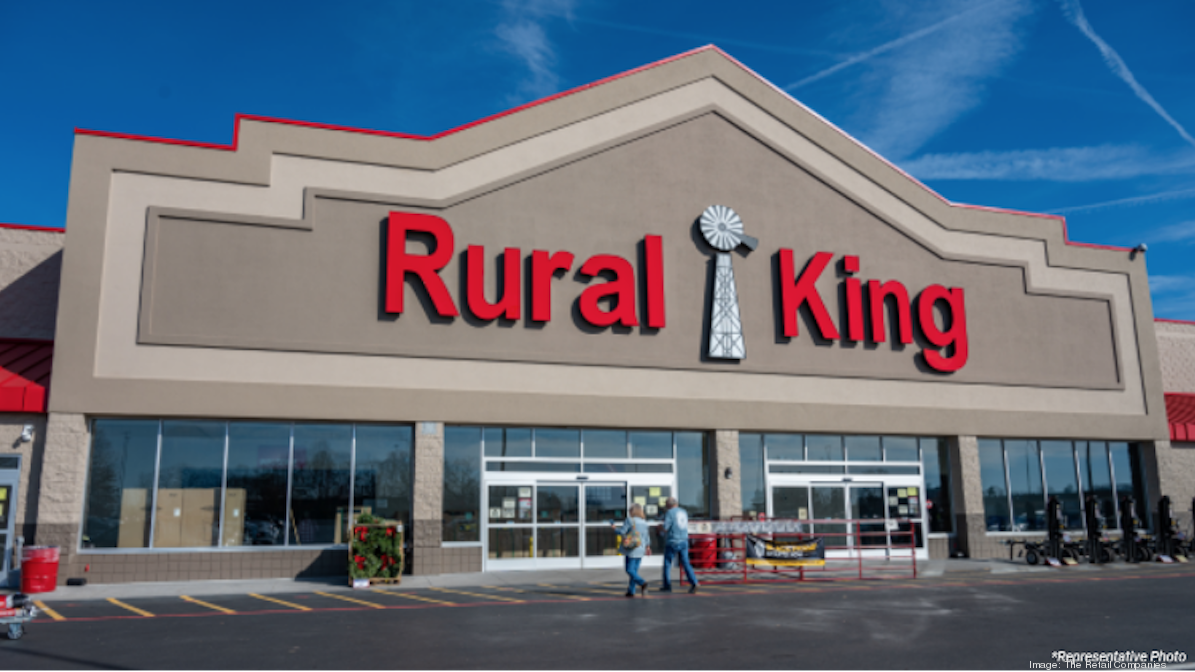Rural King Side By Side 500

The roar of engines and the crunch of gravel filled the air at the Heartland Motorsports Park as the Rural King Side By Side 500 thundered to a close. Dust swirled, and the smell of burning rubber hung heavy, marking the end of a grueling competition that tested both machine and driver. But beyond the adrenaline-fueled spectacle, this event signals something bigger for the off-road racing community and the rural economies that host such gatherings.
The Rural King Side By Side 500 is more than just a race. It’s a crucial intersection of motorsports entertainment, rural economic stimulus, and the evolving landscape of off-road vehicle technology. This event showcases the skill of drivers and the capabilities of side-by-side vehicles while also providing a significant boost to local businesses in areas that often rely on seasonal tourism. Moreover, it raises questions about safety regulations and the environmental impact of these increasingly powerful machines.
The Race: Triumph and Tribulation
The race itself was a drama of mechanical failures and daring overtakes. Veteran racer Jake Miller clinched the top spot after a tense final lap, narrowly edging out rising star Sarah Jenkins. Miller attributed his win to meticulous preparation and a reliable machine, stating in a post-race interview, "This win is a testament to our team's dedication. The Rural King Side By Side 500 is a demanding race; you need both speed and endurance to conquer it."
Jenkins, while disappointed with second place, expressed satisfaction with her performance. "We pushed hard, and the machine held up great. We'll be back next year, stronger and ready to take the top spot." Several competitors faced mechanical issues, highlighting the challenging nature of the course and the stresses placed on the vehicles.
According to official race statistics, nearly 30% of the entered vehicles experienced a significant mechanical failure during the race, ranging from suspension damage to engine trouble. These statistics underscore the need for robust engineering and experienced pit crews in the competitive world of side-by-side racing.
Economic Impact: A Shot in the Arm for Rural Communities
The Rural King Side By Side 500 brings with it a tangible economic benefit to the surrounding rural community. Local hotels, restaurants, and gas stations experience a surge in business. "We see a dramatic increase in customers during the race weekend," said Mary Johnson, owner of a local diner. "It's a huge boost for our small town."
According to a study commissioned by the race organizers, the event generated an estimated $2.5 million in direct economic impact. This includes spending on lodging, food, transportation, and entertainment by race attendees and participants. The influx of visitors also provides opportunities for local businesses to showcase their products and services to a broader audience.
The long-term effects extend beyond the immediate revenue boost. The race helps to raise the profile of the region, potentially attracting future tourists and investment. Sponsorship deals and media coverage associated with the event further contribute to the region's visibility.
Safety and Regulation: A Growing Concern
The increasing popularity of side-by-side vehicles and the growing power of these machines raise important safety concerns. With top speeds exceeding 70 mph, the potential for accidents is significant. Organizations like the Off-Road Vehicle Safety Institute (ORVSI) advocate for mandatory safety training and the use of appropriate safety gear, including helmets and restraints.
"We strongly encourage all riders to participate in certified safety courses," said Dr. David Lee, a spokesperson for ORVSI. "These courses teach essential skills and promote responsible riding practices." He also emphasized the importance of adhering to posted speed limits and avoiding riding under the influence of alcohol or drugs. The event organizers enforce strict safety regulations, including mandatory vehicle inspections and driver briefings.
Concerns have been voiced regarding the lack of uniform regulations across different states. Some states have stricter rules than others, leading to potential confusion and inconsistency. Calls for federal regulation are growing, with proponents arguing that a standardized approach is needed to ensure rider safety nationwide. According to the National Highway Traffic Safety Administration (NHTSA), data on side-by-side accidents is still being collected and analyzed to inform future regulatory decisions.
Environmental Impact: Balancing Recreation and Conservation
The environmental impact of off-road vehicle use is a subject of ongoing debate. Conservationists express concerns about soil erosion, habitat destruction, and noise pollution. The Rural King Side By Side 500 organizers have implemented measures to minimize the environmental footprint of the race. These measures include dust control, erosion prevention, and designated riding areas.
“We are committed to responsible land use and environmental stewardship,” stated a race official. “We work closely with local authorities and environmental groups to minimize our impact on the surrounding ecosystem.” However, critics argue that these measures are not enough, and that the inherent nature of off-road racing inevitably leads to environmental damage.
The debate highlights the delicate balance between recreational access and environmental conservation. Finding sustainable solutions that allow for responsible off-road vehicle use while protecting sensitive ecosystems remains a key challenge. Some proposed solutions include increased funding for trail maintenance, stricter enforcement of environmental regulations, and the development of more sustainable off-road vehicle technologies.
Looking Ahead: The Future of Side-by-Side Racing
The Rural King Side By Side 500 exemplifies the growing popularity and complexity of side-by-side racing. As the sport continues to evolve, expect advancements in vehicle technology, increased competition, and ongoing debates surrounding safety and environmental impact.
The future success of the sport hinges on finding a sustainable balance between thrilling competition and responsible practices. By prioritizing safety, minimizing environmental impact, and working collaboratively with local communities, side-by-side racing can continue to thrive as a source of entertainment, economic opportunity, and technological innovation.
Ultimately, the echoes of the engines at Heartland Motorsports Park serve as a reminder of the complex interplay between sport, economy, and the environment, a dynamic that will continue to shape the future of off-road racing.

